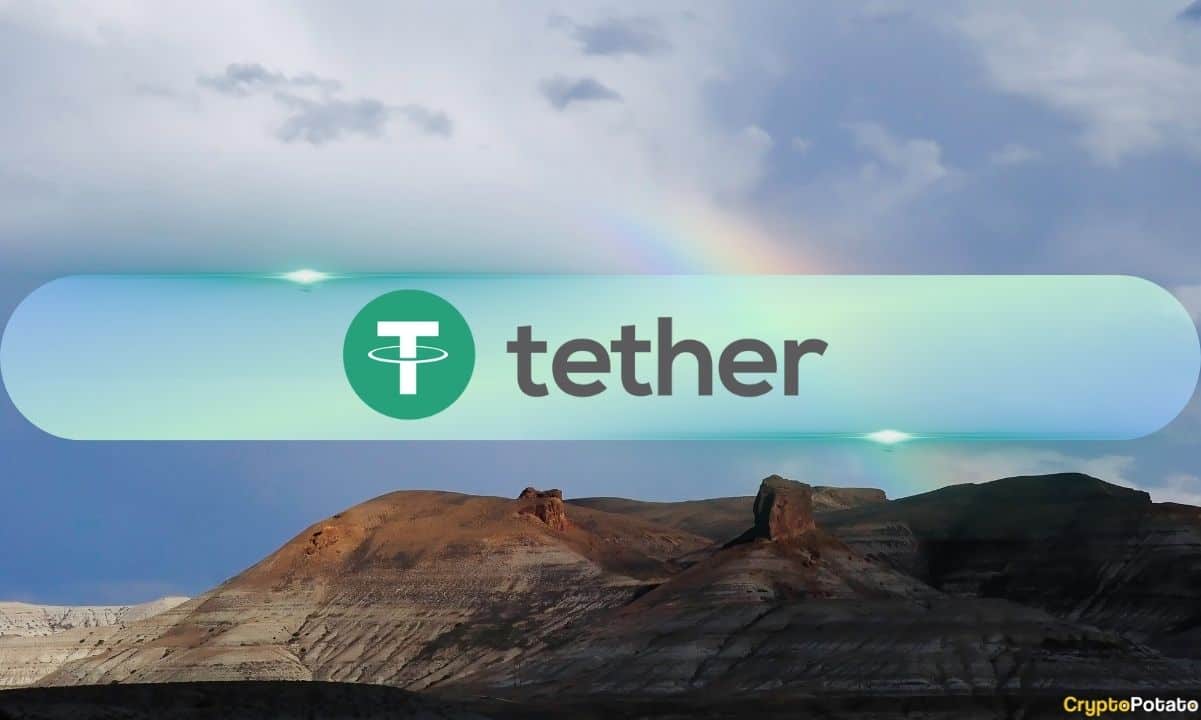

Tether (USDT) has long reigned as the largest stablecoin in the cryptocurrency market, with its widespread adoption and liquidity making it a staple for traders and investors. However, recent reports suggest that its dominance is facing challenges.
Despite holding onto the top spot, Tether is gradually losing its market share, largely due to intense competition.
Tether Losing Market Share
The industry witnessed notable collapses and instances of de-pegging in recent years, but stablecoins have continued to increase their market share relative to fiat currencies, indicating a strong demand. Currently, approximately 82% of all cryptocurrency trades are denominated in top USD and EUR-pegged stablecoins, while fiat currencies hold just 18% of the market share, as per Kaiko’s latest stats.
Tether’s USDT, for one, continues to lead the pack in the highly concentrated stablecoin market. Data shows that USDT’s total trade volume has surpassed $3.6 trillion this year alone, which is nearly four times larger than its closest competitor, FDUSD from Hong Kong-based First Digital, primarily trading on Binance.
Despite its dominant position, USDT’s market share on centralized exchanges (CEXs) has been decreasing. Kaiko estimated a decline from 82% to 69% year-to-date, which can be attributed in part to increasing competition from stablecoins like FDUSD, which benefit from zero-fee promotions on Binance.
During the same period, Circle-backed USDC also saw its market share rise, indicating a preference for regulated alternatives. Currently, stablecoins issued in the US account for 10% of the overall stablecoin trade volume. Only one of the top five stablecoins by market cap, USDC, is regulated under US money transmitter frameworks. However, its share has increased from less than 1% in 2020 to 11% today.
Ethena’s USDe Prominence Threatening USDT?
Another factor contributing to Tether’s decreasing market share might be attributed to the rise of innovative yield-bearing alternatives like Ethena’s USDe. Since its introduction in February, USDe’s trading volume has notably increased, although it has dropped from its peak in April of over $800 million after Ethena’s ENA airdrop.
The main feature of Ethena – the Ethereum-based synthetic dollar protocol is USDe, a dollar-pegged stablecoin. USDe is backed by a delta-hedging strategy using Bitcoin and Ethereum reserves, managing their volatility by shorting perpetual futures on both assets. One of its common uses is staking, with approximately $2.3 billion total value locked (TVL) on the platform, involving 168.24k users.
Even as the ecosystem surged exponentially in just a few months, several industry players have cautioned against the algorithmic stablecoin due to its similarity with Terra and its ill-fated UST stablecoin. Their concerns range from greater regulatory and operational risks, including the possibility of being banned in the US if the current stablecoin legislation is approved, which could hinder their widespread adoption.
LIMITED OFFER 2024 for CryptoPotato readers at Bybit: Use this link to register and open a $500 BTC-USDT position on Bybit Exchange for free!
The post appeared first on CryptoPotato






